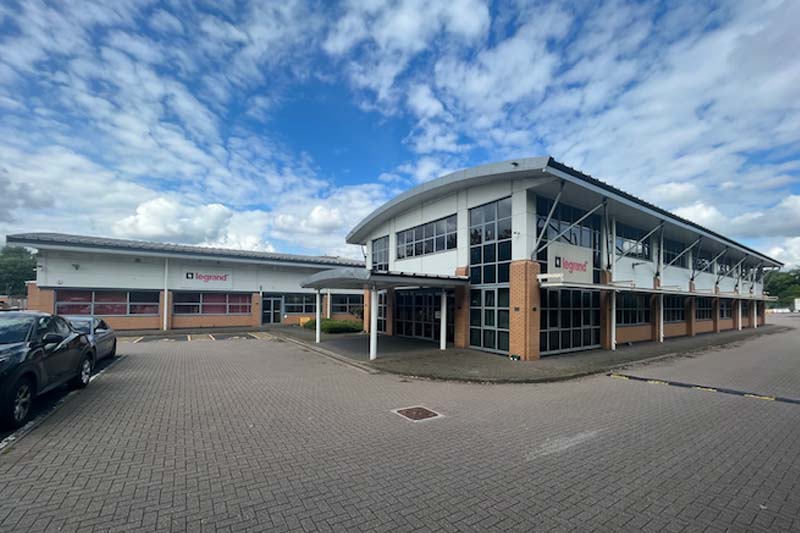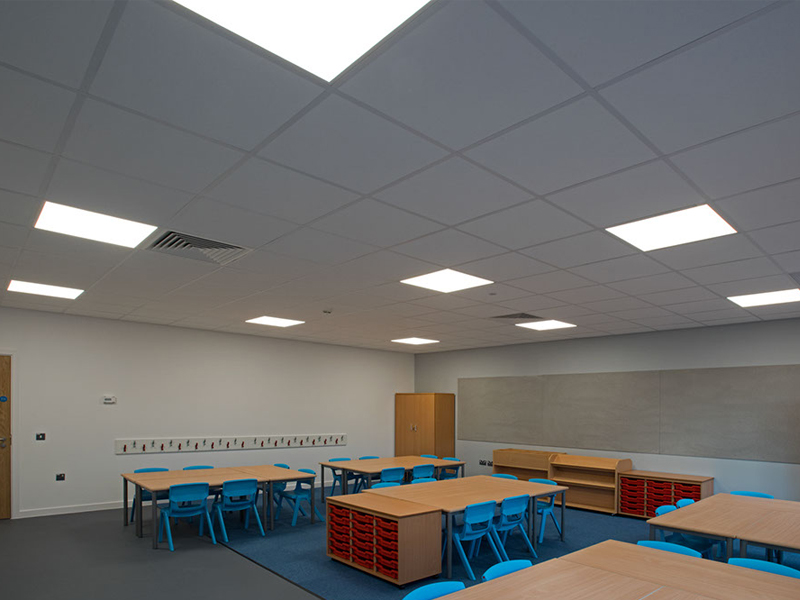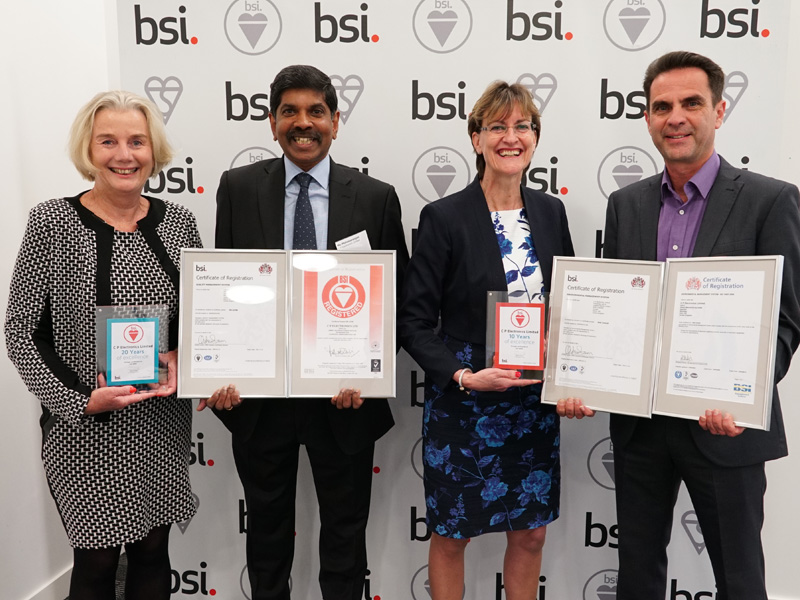Steve Marr, Product and Marketing Director at CP Electronics explains that wholesalers now have the opportunity to get on board with the latest lighting controls and help their clients add value to their projects by considering how they are lighting their buildings and how they can lower costs and maximise profits with flexible lighting controls.
When looking at a new lighting scheme, operators of industrial premises have to look at ways of achieving efficient building operation through lower operating costs, reduced maintenance and downtime and a better work environment with improved safety.
Whilst there are a number of ways managers and owners of warehouses can reduce their spend in terms of energy and costs, the quickest and most effective solution is to look at lighting control for a flexible solution that meets the different needs of industrial facilities, with adaptable systems that can easily be reconfigured.
With the correct lighting control, not only will the installation costs be minimised but savings will be effective immediately – a fact which is difficult to overlook for any company.
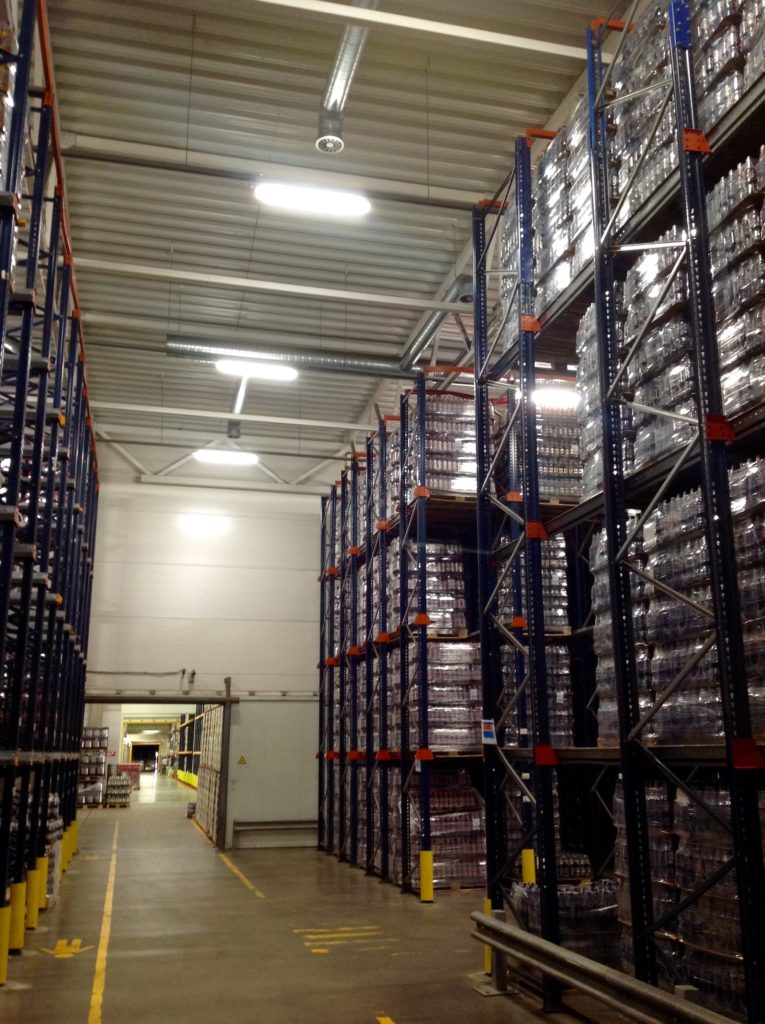
Choose wisely
One of the main considerations when implementing a lighting controls solution is the correct selection of the control device and this is where the wholesaler can become invaluable in terms of advice.
Help with the selection of controls is advisable as this ensures compatibility with the selected product.
Because of the type of environment, particular care needs to be taken when positioning and selecting control devices due to ambient temperature and how this may affect their operation and range.
he number and positioning of devices is also crucial to ensure that there are no blind spots and that fork-lift trucks, lifting devices etc. can be detected by the control system as and when required.
Occupancy detectors can use different technologies such as PIR or microwave that offer different benefits in different environments.
Typically, warehouses are on a large scale, and so may benefit from higher spec, longer range detectors compared to other environments where a smaller zoned approach may be more beneficial. Either way occupancy sensors ensure lighting is only on when required, ensuring that these vast spaces are no longer illuminated around the clock unnecessarily.
How and when?
The next step is to understand how and when the warehouse is in operation. For example, a 24-hour warehouse which is constantly occupied would benefit from some form of daylight control, which either switches the lights off or dims them down as ambient light increases.
A warehouse that has occasional picking of items from aisles would achieve maximum energy savings by utilising some form of occupancy control on the lighting. Where a warehouse has several different shift patterns with different lighting requirements, a wired networked solution could be advantageous.
There are of course numerous additional factors which must be considered, such as the need for minimum levels of light for comfort or safety reasons.
So particularly in the industrial environment, considerable benefits can be gained by using different lenses that separately optimise for the detection and presence, and detection of light; which leads to more precise control and enhanced comfort and energy savings.
Facilitating commissioning of the detector is also challenging with industrial mounting heights of maybe 15m or 20m. Infrared communication enables simple direct communication with detectors, but again a lens designed for optimal presence detection will typically be detrimental when using infrared to communicate with the commissioning tool, and so good product design should aim to optimise all aspects.
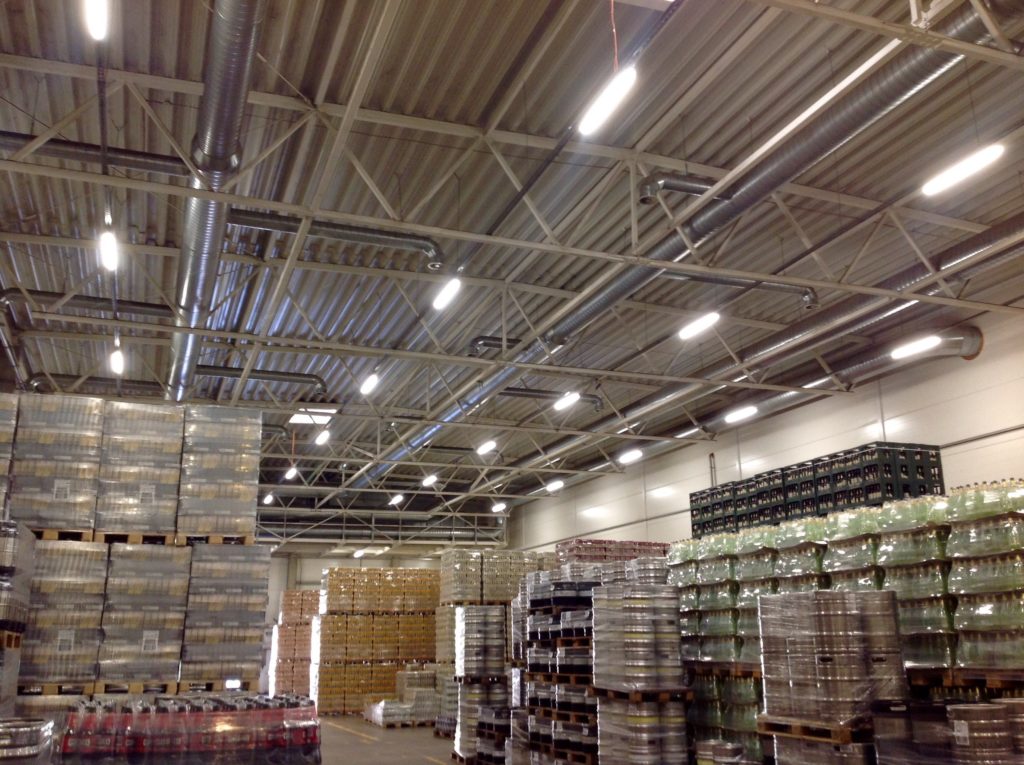
Make it easy
Perhaps the most important issue, however, is ease of use, almost negating any need for end-user intervention. One method is to follow the path set by offices using automated lighting and intelligent lighting controls.
Intelligent controls can be easily and rapidly installed, recommissioned and adapted to changes with minimal disruption which is extremely important in a space that may well be in constant use.
The obvious benefit of wireless controls is that the existing power cabling to the luminaires need not be altered, and no additional control cabling is required which is ideal for retro-fit installations. The great thing about industrial spaces like warehouses and factories is that as they are open, Wireless signal transmission is often excellent, without obvious obstacles like walls.
Wireless communications is also beneficial as most warehouse and industrial installations will be at height, so there is no disruption from needing to pull new cables.
Complete offering
A fully networked system can offer even greater flexibility and energy savings potential. Networking can introduce the ability to monitor and analyse the lighting controls, offering owners the opportunity to optimise maintenance programs and even be alerted to faults or even safety critical emergency lighting issues.
FOR FURTHER INFORMATION
To learn more about cost-effective lighting control solutions, visit: www.cpelectronics.co.uk


